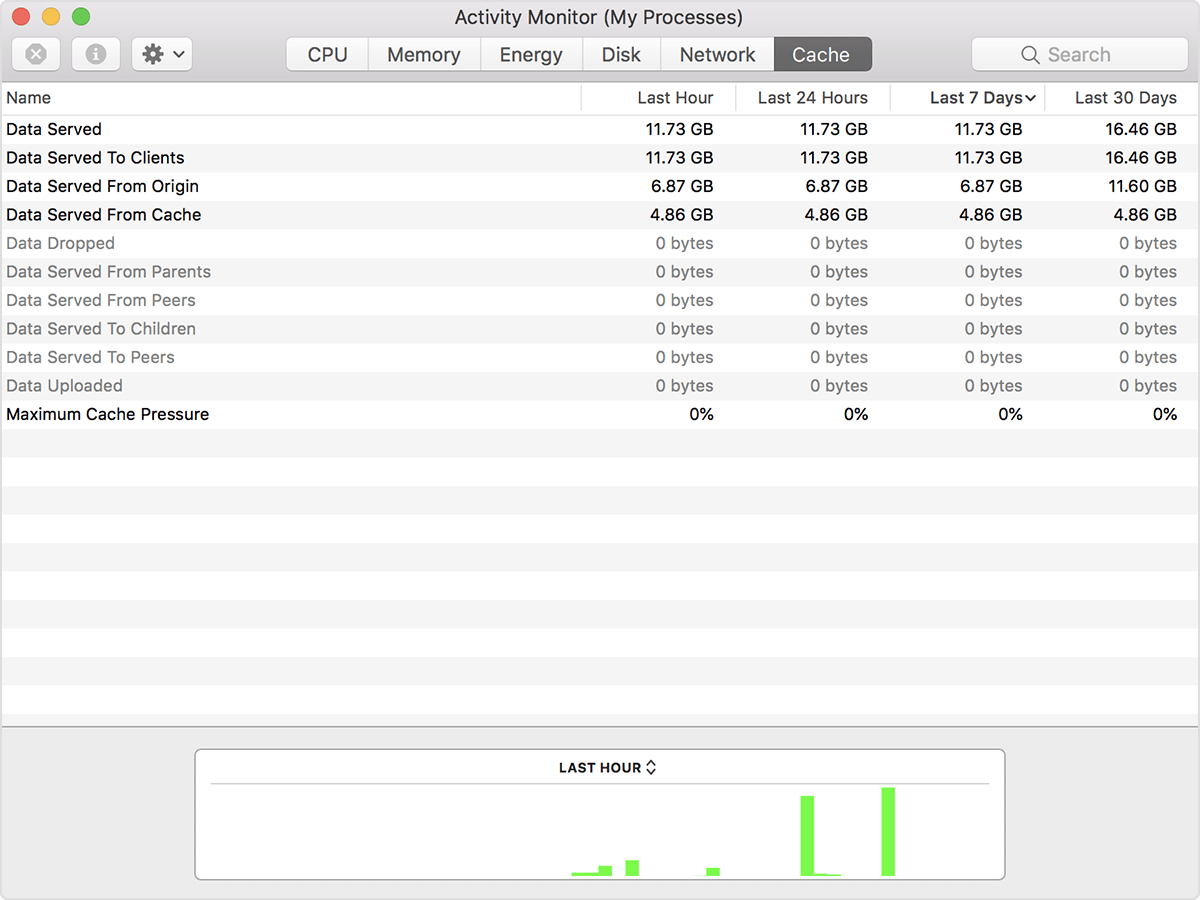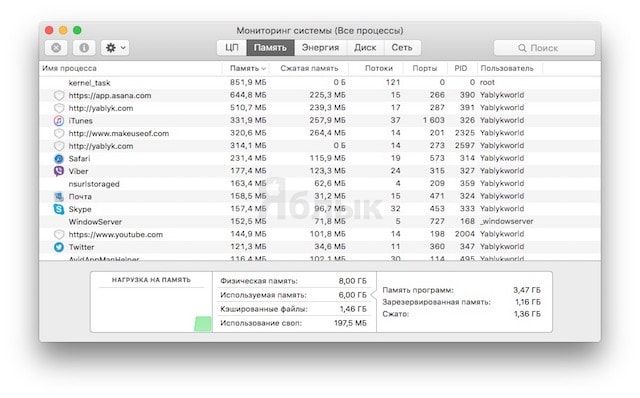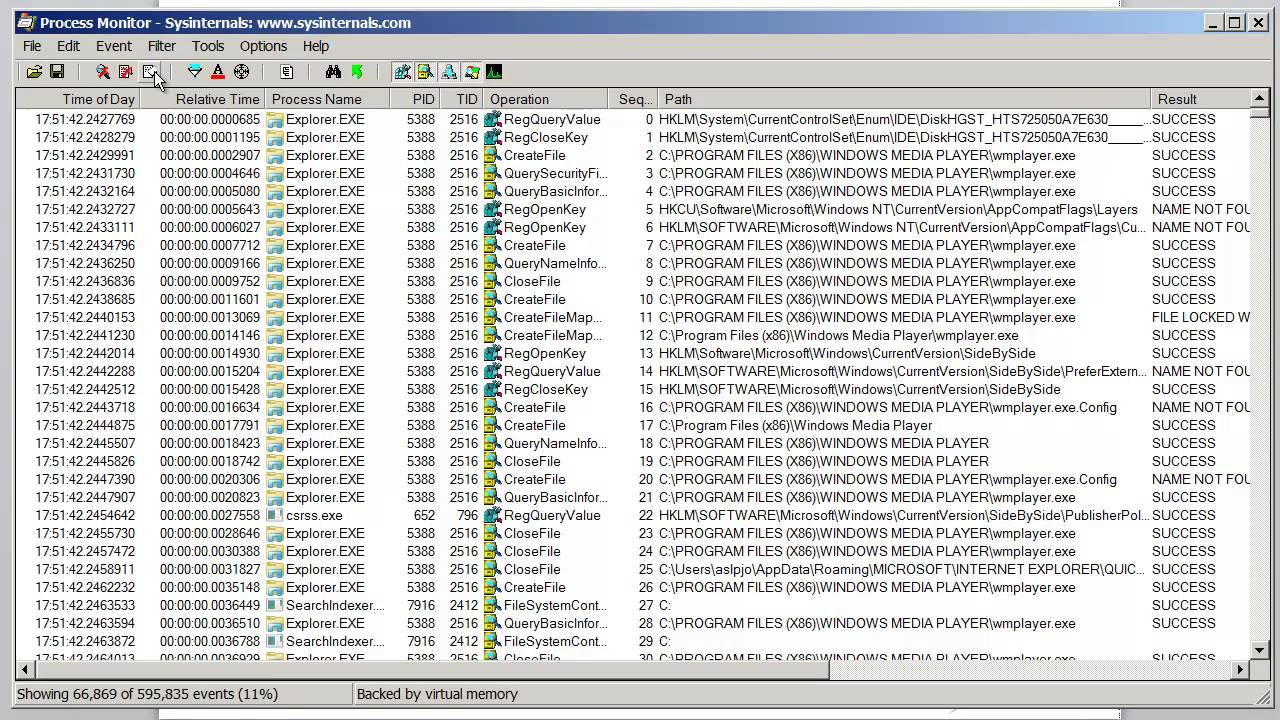

After launching Safari and Wireshark, we can see that my tool can monitor the dylib loading event very well.In Chapter 2, "Managing the Panther Workspace," you learned howpressing Option-Command-Escape opens a process list and enables you toforce-quit open applications on the system. Finally, I’ll show the screenshot of this tool. So far, I discussed the key technical details regarding how to monitor the dylib loading event. Once we have the vnode, we’re able to obtain the path via invoking the function vn_getpath. At this point, the variable fg_data represents the vnode.

If it’s the type of vnode we are looking for, we calculate the offset of fg_data in the structure file glob. If so, we next continue to check if the fo_type is DTYPE_VNODE. It’s offset in structure fileglob is 0x20, so I check if the credentials match. The member variable fg_cred represents the credential associated with the descriptor. We only filter the file type, which represents that fo_type is equal to DTYPE_VNODE. The member variable fo_type of the structure fileops simply represents the descriptor type. We can see that the member variable fg_data represents either a vnode or socket or SHM or semaphore, depending on the descriptor type. So I need to find the vnode data structure inside it. The structure fileglob represents the file to the map.

The operations related to file system events are listed below. As shown in the header file bsd/security/mac_policy.h, the structure mac_policy_ops includes more than 300 policy module operations. The tool I developed can monitor all common file system events, including file open, read, write, rename, and delete operations. It is certainly able to monitor file system and dylib loading events very well. As seen from our previous blog, MACF is a powerful framework for monitoring many kinds of system events in kernel on macOS. dylib as its main module to performs its primary malicious activities. Additionally, malware often dynamically loads a. In general, malware can make a mess of file operations. It’s very common for a regular program to perform file operations during its lifecycle. I will provide all the technical details below. In this blog, we will continue to discuss how to monitor file system events (including file open, read, write, rename, and delete operations) and dynamic library loading via MACF on macOS. In the previous blog from FortiGuard Labs in this series, we discussed how to monitor process execution with command line arguments using MACF on macOS.


 0 kommentar(er)
0 kommentar(er)
